California Report: In Dry Times, Deep Reservoir of Water Solutions
New report highlights possible solutions to state’s water shortages
by Nadya Ivanova
Circle of Blue
As it faces a third consecutive dry year, a state-wide drought emergency, below-average storage capacity and surprisingly unreliable estimates of actual water use, California is plunging deep into a future of water insecurity. But amid a dire confluence of water challenges, a new Pacific Institute report released today shows that California’s agricultural sector can still adapt to a drier future, if it takes fast and bold steps to improve its water efficiency.
The report, Saving California Agriculture From the Growing Water Crisis, offers a “positive vision for California agriculture and water -– a vision of a sustainable, healthy agricultural community.”
The study explores California’s current water trends and challenges, taps into the wisdom of its success stories, and offers scenarios and recommendations for reducing agricultural water withdrawals and vulnerability to droughts and climate change.
“The point of thinking about such a vision is to move away from traditional scenarios of a gloomy, conflict-ridden, resource-limited future, and toward a more sustainable future,” the report said.
This will require a series of changes in policy, irrigation technologies and water management – practices that will not only maintain the state’s crop production, but will also dig deep into California’s “tremendous untapped potential,” according to a press release by the Pacific Institute.
As drought becomes more common in California’s Central Valley –- one of the Unite States’ most productive agricultural areas -– the state still has the potential to save about 5.6 million acre-feet of water in an average year, or 17 percent of all of the water used by agriculture in California.
For example, while 60-80 percent of Californian crops are still irrigated by surge flood, switching to sprinkler and drip irrigation can significantly decrease water waste. In addition, using local climate and soil information for more precise irrigation and applying less water to certain crops during drought-tolerant growth stages can reduce current water use in California. Research also shows that water savings from improved efficiency increase during dry years.
The report also features a few “early adopters,” or growers who have successfully implemented sustainable water practices — some switching from surge to sprinkler irrigation or from sprinkler to drip irrigation.
“Looking at how these innovative growers have been able to increase their income, crop yields, and production, even during drought, offers lessons for the entire farming community,” Pacific Institute President Peter Gleick said in a press release. “Such success stories offer the state a vision for what a healthy agricultural future might look like, at a time when the sector as a whole is under increasing stress.”
The research also builds upon the lessons and foretaste of the agricultural collapse in the Murray-Darling River Basin, Australia’s prime food-growing region. The decade-long drought in the basin is the worst in the country’s recorded history, and, many scientists assert, likely signals a permanent climate shift that is challenging the country’s capacity to feed itself.
“There, pricing and allocation policies had allowed water to be seen as an abundant resource even as signs of over-allocation and environmental decline were obvious,” said Juliet Christian-Smith, senior research associate of the Pacific Institute and coauthor of the report. “Australia’s experience could be a harbinger of California’s future unless we take action today.”
The report outlines further strategies, recommendations and solutions to improve California’s water use. Efficiency and conservation would require a multifaceted approach — where technical infrastructure, legal and economic forces, such as revised water laws and water pricing, will trigger incentives for sustainable agriculture.
“If California wants a healthy agricultural sector, and if significant new sources of supply remain out of reach or are too expensive, we have no choice but to implement conservation and efficiency more aggressively,” Gleick said in the press release. “Yes, it’s complex, but the good news is that we’re starting to move in the right direction.”

, a Bulgaria native, is a Chicago-based reporter for Circle of Blue. She co-writes The Stream, a daily digest of international water news trends.
Interests: Europe, China, Environmental Policy, International Security.

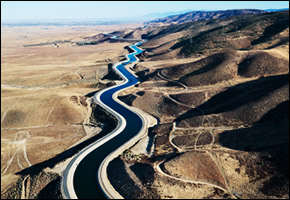
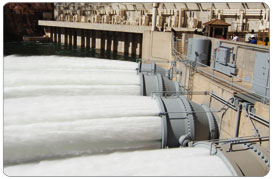
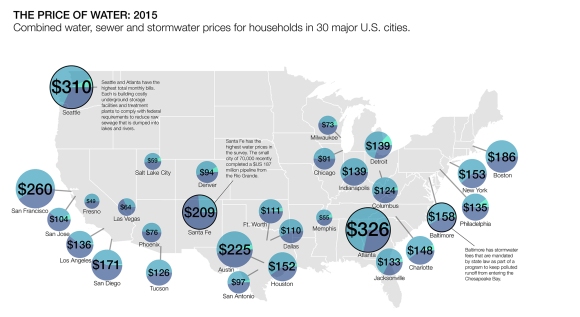

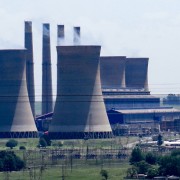



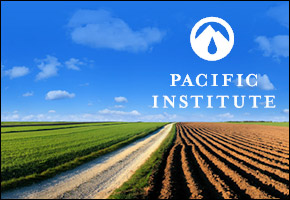
I hope that California will take what happened in Austraila to heart and begin to switch over to drip irrigation, hopefully creating more new jobs. We should be learning lessons wherever we can. And why not take a wholistic approach to growing our food that creates even more incentives for sustainable agriculture. Thank you for being here!